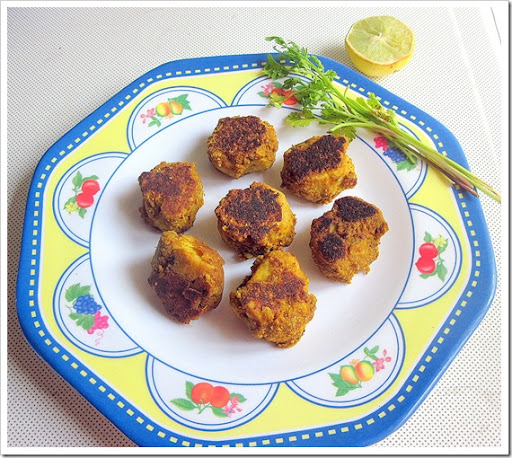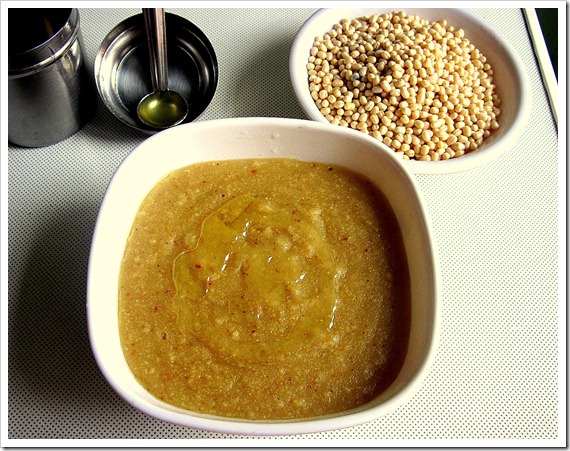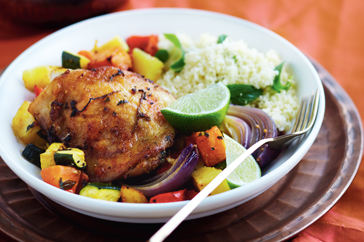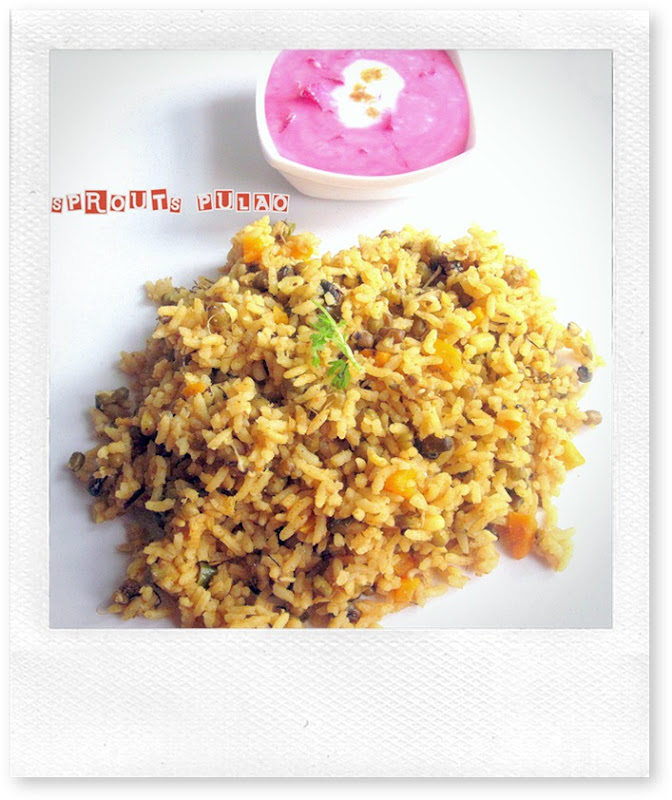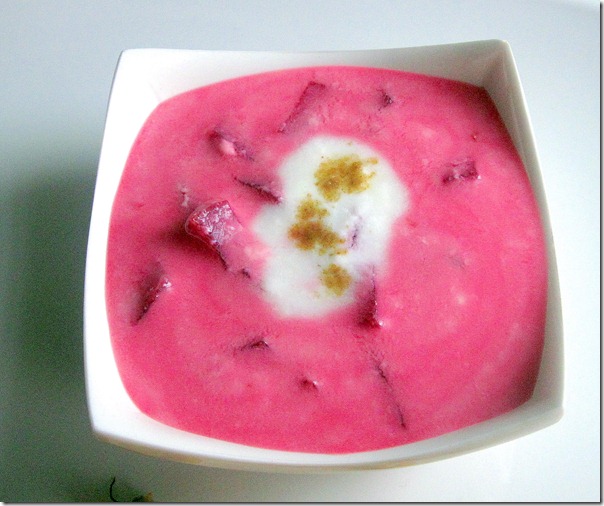
You might be the kind of person who thinks the beginning of November is FAR too early to start planning what you're going to eat and drink over Christmas (me too) but the supermarkets have decided otherwise.
When I walked into Sainsbury's yesterday the drinks deparment was packed with special offers - and some quite spectacular ones too. Leaving frugal options aside for the moment you can pick up the particularly lush Glenmorangie Nectar d'Or whisky at the moment for just £25 instead of £39.99 (and £42.95 at royalmilewhiskies.com) Aged in Sauternes casks it's a lush cross between a sweet wine and a whisky that would be superb with the Stilton and maybe - though I haven't tried it yet - with mince pies. A terrific gift for any whisky lover.
They also had a couple of good champagne deals: Heidsieck Monopole Blue Top for £14.99 instead of £29.99* and the much improved Lanson Black Label for £21.99 instead of £31.99 - but then Morrisons currently has it for £15 according to The Wine Detective.
 In terms of budget buys you probably couldn't do much better than Dow's Trademark port - that's also reduced by 50% in Sainsbury's from £13.43 to £6.71. The style is referred to as Finest Reserve which means it's halfway between a basic ruby port and a Late Bottled Vintage in quality. If you're looking for a sweet, brambly warming Christmas port from a reputable producer it would fit the bill perfectly. (I also like adding a dash of this style of port to a mulled wine).
In terms of budget buys you probably couldn't do much better than Dow's Trademark port - that's also reduced by 50% in Sainsbury's from £13.43 to £6.71. The style is referred to as Finest Reserve which means it's halfway between a basic ruby port and a Late Bottled Vintage in quality. If you're looking for a sweet, brambly warming Christmas port from a reputable producer it would fit the bill perfectly. (I also like adding a dash of this style of port to a mulled wine). Rather less good value is the current offer on Baileys cream liqueurs which are reduced in Sainsbury's from £19.79 to £9.89. I know it's a good reduction for a litre bottle but since when did they go up to that kind of price? Asda's regular price for the same size bottle is £14 and they currently have it down to £9 but there are loads of perfectly good own label versions around for a fair amount less.
 Marks and Spencer, for instance, has its new Toffee and Pecan Cream liqueur on offer for £6.99 currently. I don't much like cream liqueurs but I must admit I did find it a bit moreish. M & S told me this week that toffee and pecan flavours are HUGE for them.
Marks and Spencer, for instance, has its new Toffee and Pecan Cream liqueur on offer for £6.99 currently. I don't much like cream liqueurs but I must admit I did find it a bit moreish. M & S told me this week that toffee and pecan flavours are HUGE for them. Anyway if you miss these offers don't panic. There will be plenty more where they came from over the coming weeks but don't leave it until the week before Christmas when I'm pretty sure a lot of the prices will shoot up again
* Asda also has it for £15
Note: this prices applied the day I wrote this post but may well have changed by the time you read it.
